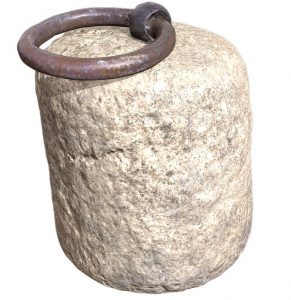
T – Two-pan balance, consisting of a bar with a plate at each end. On one of these plates, a reference weight was placed, while on the other plate, the object that was intended to discover the weight was placed. When equilibrium was established, the weight of the object was then known.
U – Decimal scale, the arm that supports the dish is ten times smaller than the one that supports the platform where the object to be weighed is placed. One kilogram on the plate represented 10 kg on the other plate (deck). That’s why it’s called a decimal scale.
V – Arroba, in stone with a ring used as a unit of mass, rounded value of 15 kilograms.
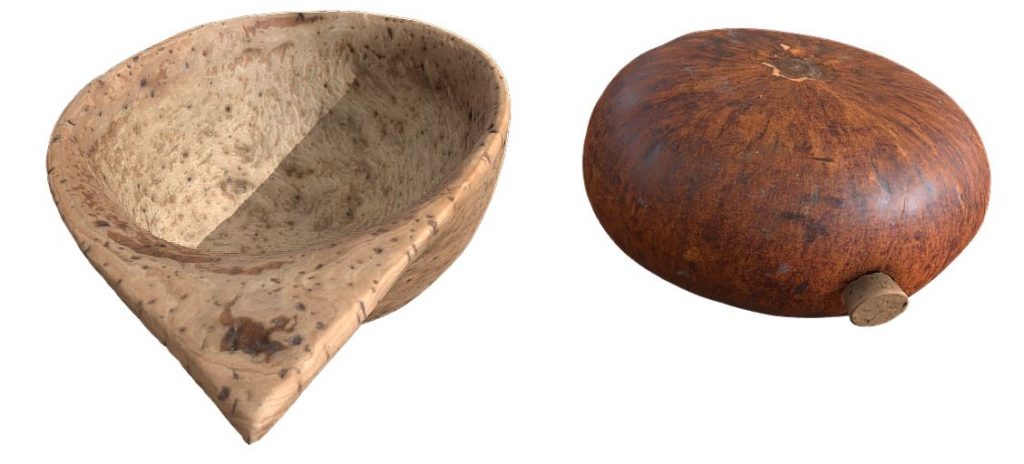
W – Canteen, crockery or wooden cupboard, 1m wide and 2m high. The base has a wavy edge to seat the pitchers.
X – Cucharro or cork cup about 10 cm in diameter, circular shell with a concave bottom. It was used to drink water in the fountains and wine in the cellar.
Canteen container made from the skin of the pumpkin, after drying. Water and wine were thus taken to work in the fields.
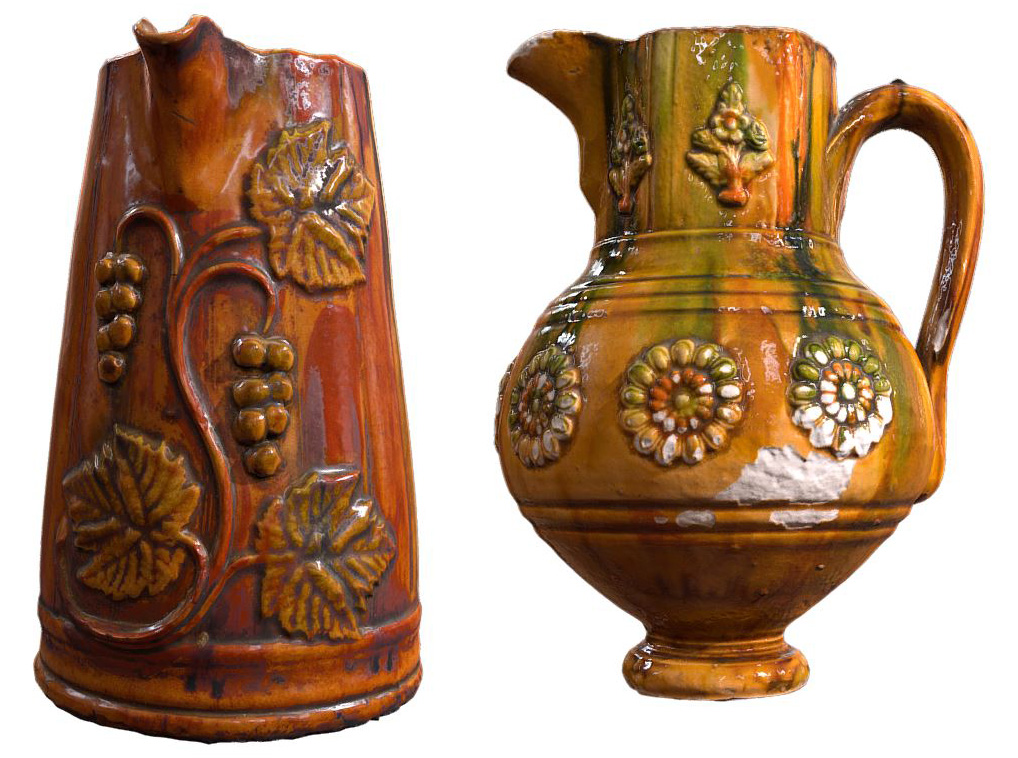
Y – Pitcher for glazed wine, Portuguese faience. Design period 1960 to 1969.
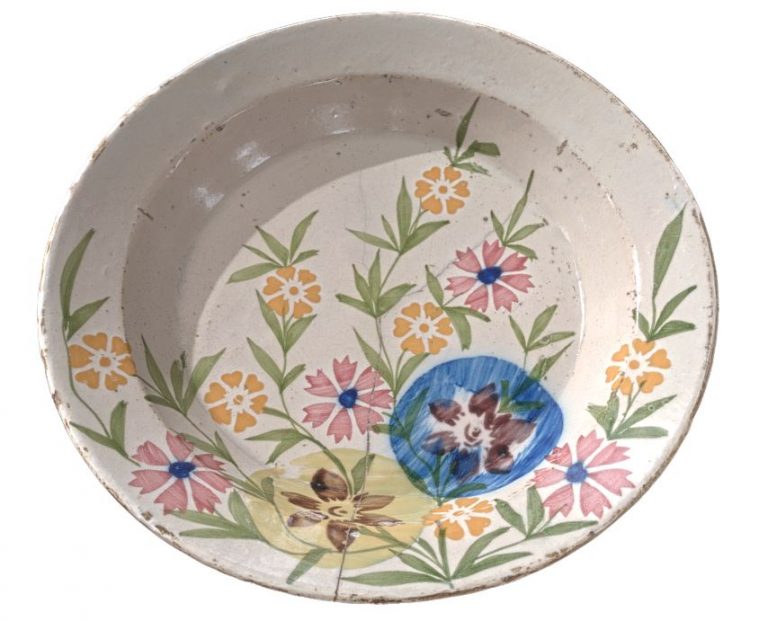
Z – Large plate, also known as palangana, in Portuguese faience from the 19th century. XIX. Polychromatic floral decoration in shades of green, blue, vinous manganese and yellow ocher.
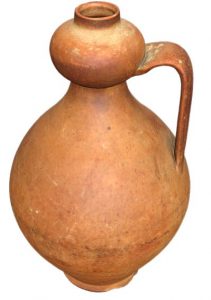
A1 – Bowl for fresh water, unglazed clay, Portuguese faience. Sold at the Régua train station. Design Period 1950 to 1970.
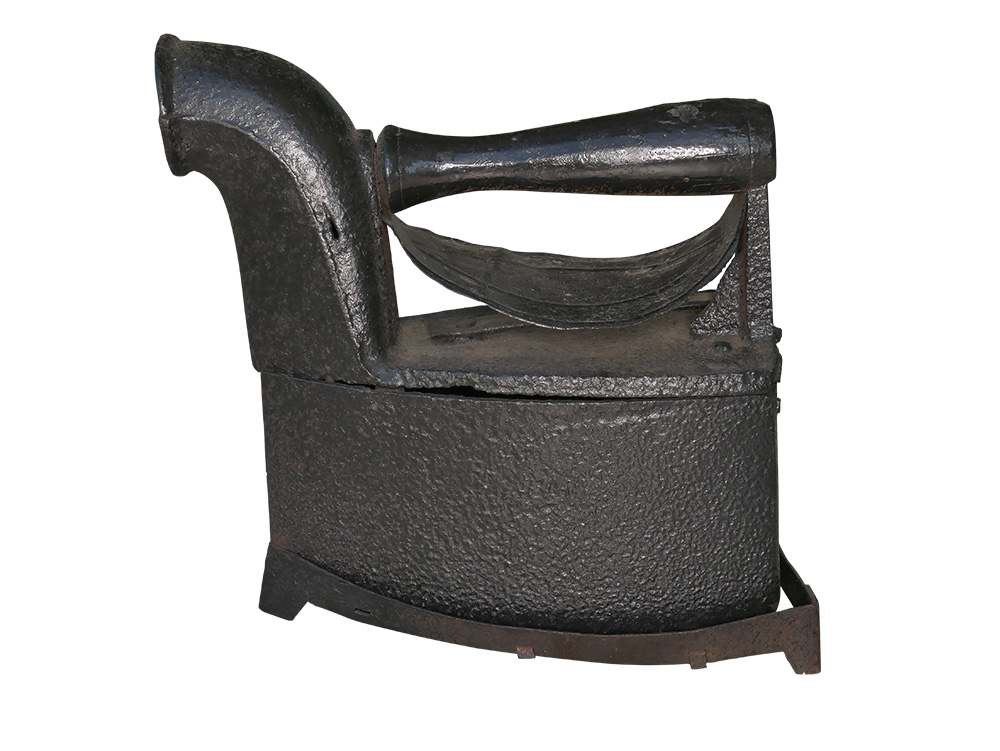
K1 –Iron similar to the current iron, its heating, obtained by the glowing embers that were placed inside it.

